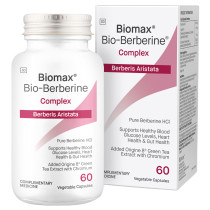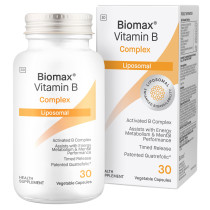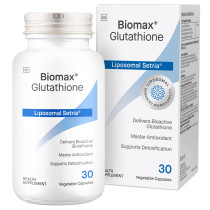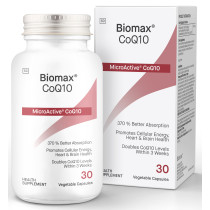Cellulose
Organic Compound
Cellulose
Other Name(s):
Carboxymethylcellulose; Cellulose Gum; Microcrystalline Cellulose; Hydroxymethyl Cellulose; Hydroxypropyl Methylcellulose; Hydroxypropyl Cellulose; Hypromellose; Ethyl Cellulose; E460; E461; E462; E463; E464; E465; E466; E467; E468; E469

The most common raw material used for the commercial production of cellulose is wood pulp, but bamboo and cotton fibres are also used extensively. The most commonly used tree for the production of cellulose in South Africa is gum tree.
Is Cellulose Faithful to Nature?
Yes.
Cellulose is a natural raw material that can be farmed sustainably, without genetically modified organisms and have many useful benefits. Cellulose-based ingredients have many, varied uses in foods, cosmetics, health products, clothing and bioplastics.
Benefits: Why is Cellulose Used?
Sustainable Material Solution
Cellulose can be used to sustainably make paper, fabrics and bioplastics.
Vegan Alternative
Cellulose-based ingredients are used as vegetarian-friendly alternatives to gelatin in supplement capsules.
Natural Thickener
Cellulose-based ingredients can thicken water-based products for a more luxurious texture.
Beauty Products
Cellulose-based ingredients are added to mascaras, giving them volumizing power for thicker looking lashes
Cellulose is one of the most versatile and useful raw materials in the world. It has been used for centuries to make paper, and more recently many advancements have been made. Cellulose and cellulose-based ingredients are most commonly found in natural and herbal supplements as the capsule. It is a great alternative to gelatin based capsules. It’s also often added to things like mascaras, body lotions and sun creams to thicken them. It’s used to make semi-synthetic fabrics like viscose and rayon, and is even being used to develop bioplastics like cellophane.
In South Africa, trees are felled from sustainably managed forests. The logs are then chipped into small pieces using massive chipper machines. The wood chips are then ‘cooked’ in pressurised chambers to separate the lignin using high temperatures and a combination of sulphurous acid and sulphur dioxide. The removed lignin is then used as a renewable source of energy to fuel the pressure-cooking chambers. The result is pure cellulose.
Factory foods, from frozen pizzas to frozen potato chips, are often sprayed with hydroxypropyl cellulose to prevent them from drying out. For these oven-cooked foods, the hydroxypropyl cellulose will disintegrate rapidly within 3 minutes! It will be listed in the ingredients as E463.
Hydroxypropyl cellulose (E463) is often added to factory-made icecreams to thicken them and give them a ‘creamier’ texture and mouthfeel.
Cellulose is considered a prebiotic fibre because it can be metabolised by a healthy gut microbiome, but certain cellulose-based ingredients can’t be digested and simply pass right through.
Did you know that you can use methyl cellulose to make hot ice cream? It’s true! Methyl cellulose forms a gel-like consistency when it’s heated up.
Notice: The information provided here is not intended as medical advice and is for educational purposes only.
Products Containing Cellulose
-
sku7394

-
sku7407

-
sku66199

-
sku7402v2

-
sku65003

-
sku136617

-
sku109680

-
sku69784

-
sku7400

-
sku138058

-
sku94483

-
sku69785

-
sku69786

-
sku139204

-
sku10794

-
sku138065

-
sku7415

-
sku65002

-
sku124075

-
sku136618

-
sku80153

-
sku65001

-
sku9725

-
sku7393

-
sku93596

-
sku68924

-
sku7388

-
sku63137

-
sku5670

-
sku138064

-
sku9502

-
sku9499

-
sku4129

-
sku138057

-
sku10798

-
sku138053

-
sku138061

-
sku67409

-
sku139205

-
sku131050




